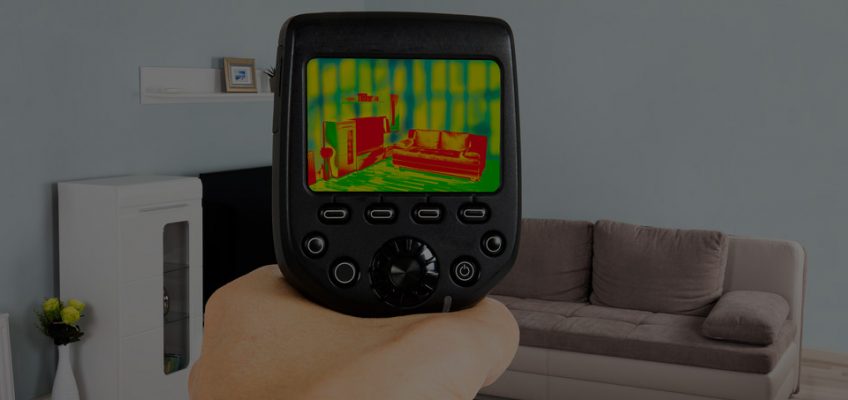Limitations with Thermal Cameras on a Building and Pest Inspection
When it comes to building and pest inspections, thermal cameras have become an increasingly popular tool in recent years. Thermal imaging can detect areas of a building that may be prone to issues such as leaks, moisture, and pest infestations. However, there are limitations to thermal cameras that should be taken into account. In this blog post, we will discuss the limitations of thermal cameras in the building and pest inspection process.
- Limited resolution: The resolution of thermal cameras can vary greatly, with some cameras having a resolution of only a few pixels. This can make it difficult to accurately pinpoint the location of issues within a building, especially in large or complex structures. It is important to note that higher resolution cameras tend to be more expensive.
- Dependence on ambient temperature: Thermal cameras are designed to detect differences in temperature, so their accuracy can be affected by changes in the ambient temperature. This means that the effectiveness of the camera can be limited during hot or cold weather conditions, or when there are other sources of heat or cold in the area.
- Inability to detect moisture behind certain materials: Thermal cameras are limited in their ability to detect moisture behind certain materials, such as brick or stone. This can be a problem in buildings with these types of materials, as moisture can cause significant damage over time.
- Limited ability to detect pests: While thermal cameras can detect areas of a building that may be attractive to pests, such as areas with high moisture or heat, they are not able to detect pests themselves. This means that while thermal imaging can be a useful tool in identifying potential pest issues, it is not a replacement for a thorough visual inspection.
- Cost: Finally, it is important to note that thermal cameras can be expensive, especially those with higher resolutions. This can make it difficult for some building and pest inspection companies to invest in the technology, and may lead to higher prices for customers.
In conclusion, while thermal cameras can be a useful tool in the building and pest inspection process, there are limitations to their effectiveness that should be taken into account. It is important to understand these limitations and to use thermal cameras in conjunction with other inspection methods to ensure the most accurate and comprehensive inspection possible. Additionally, building and pest inspection companies may need to weigh the costs and benefits of investing in thermal camera technology, and should be transparent with customers about the limitations of the technology. Premier Building and Pest reports use a FLIR E5-XT model camera.

